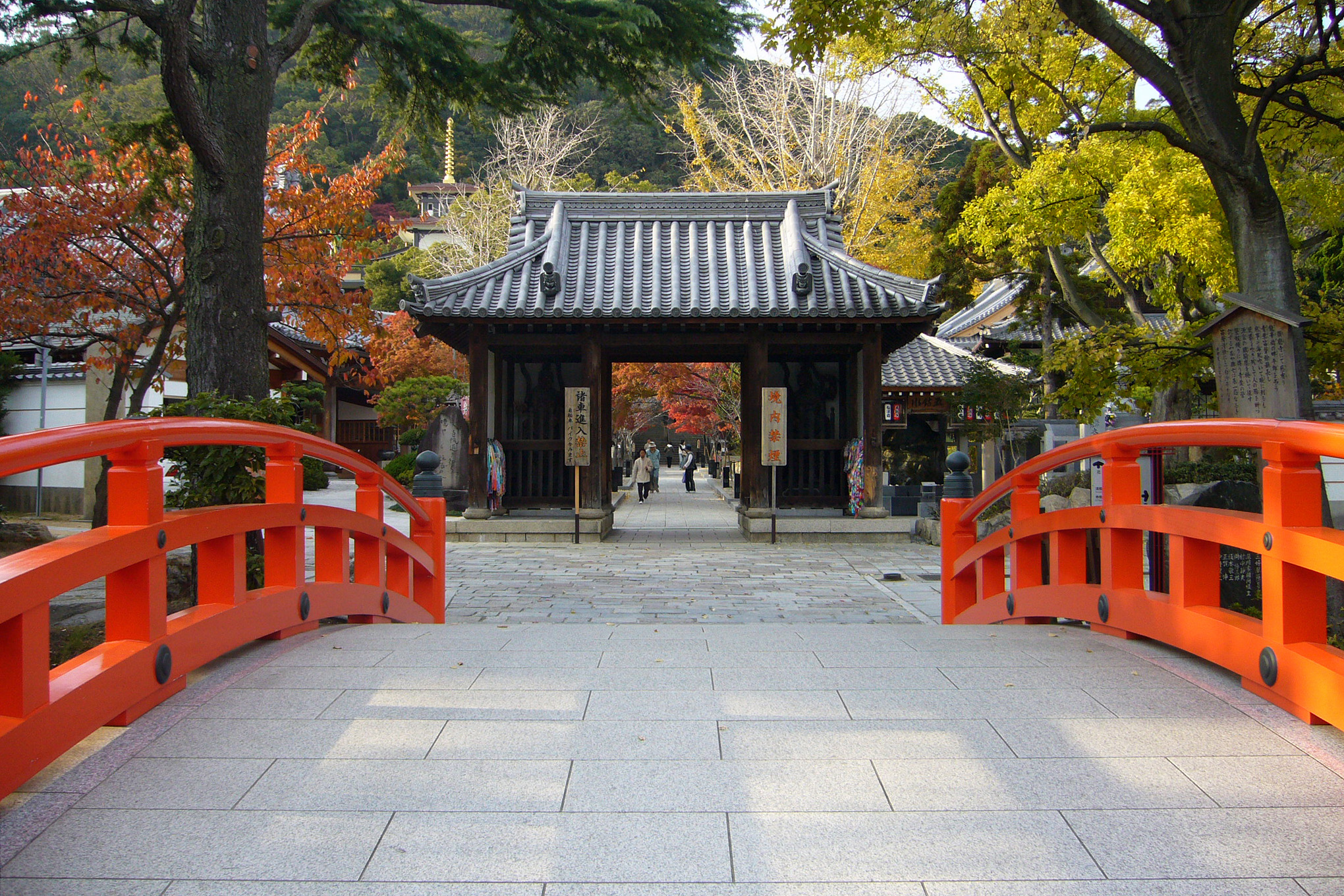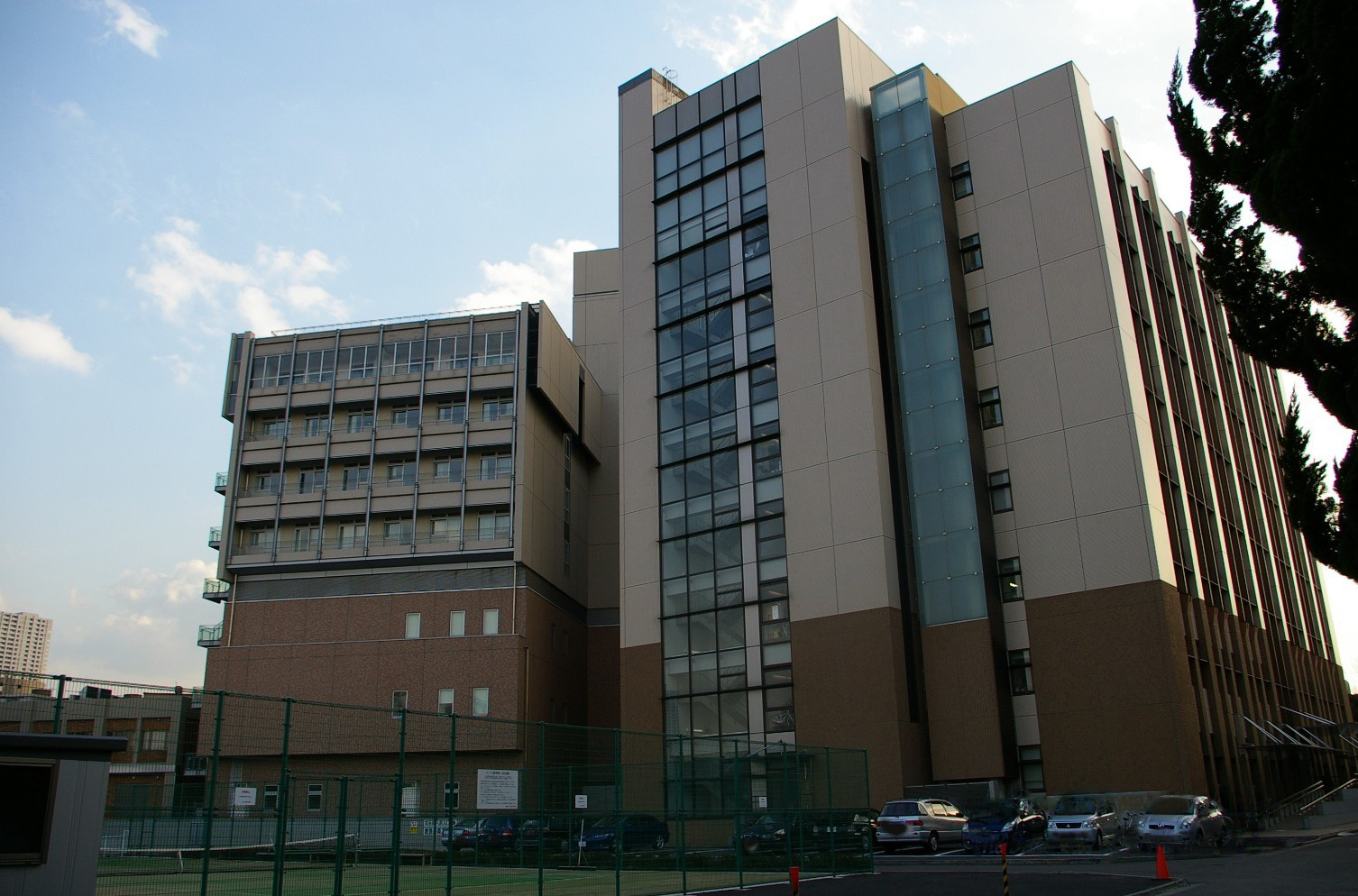|
Suma Aqualife Park
The , formerly known as the Suma Aqualife Park(須磨海浜水族園), is a public aquarium located in Suma-ku, Kobe, Japan. Suma Aqualife Park was closed on May 31, 2023, privatized, and later reopened as Kobe Suma Sea World in June 2024 at its current location. It is a member of the Japanese Association of Zoos and Aquariums (JAZA). History Warakuen aquarium In 1895, when the 4th National Industrial Exhibition was held in Kyoto, the city of Kobe, which cooperated with the event, built the ''Wadamisaki Water Tribe Nursery'' in the amusement park ''Warakuen'' at Cape Wadamasaki as a facility attached to the exhibition. was established. It consists of the Hyogo Aquaria Room and the Aquaria Rearing Pond.神戸を知る 神戸の水族館 最終更新日2011年4月6 ... [...More Info...] [...Related Items...] OR: [Wikipedia] [Google] [Baidu] |
Suma-ku, Kobe
is one of 9 wards of Japan, wards of Kobe, Japan. Population As of February 1, 2012, it had an area of 30.0 km2 and a population of 166,324, with 71,745 households. Attractions There is a white sandy beach in this ward, which attracts tourists to the Kansai region for sunbathing and popular events during the summer. The beach is also a location in the Japanese literary classics ''Ise Monogatari'', ''Genji Monogatari'', and ''Heike Monogatari''. Suma is often referred to as an ''utamakura'' or ''meisho'', and is mentioned frequently in Waka (poetry), ''waka'', and in Noh, Kabuki and Bunraku dramas. Transport Nowadays, people mainly live in Myodani, Myohoji and other northern parts of the ward. Myōdani Station is a major station in western Kobe. Places of interest * Suma Rikyu Park * Suma Aqualife Park Notable people * Shintaro Ishihara - Governor of Tokyo * Yone Suzuki - businesswoman, lived in Suma-ku before 1927 *Nobu Jo - social worker, founder of a suicid ... [...More Info...] [...Related Items...] OR: [Wikipedia] [Google] [Baidu] |
Japan
Japan is an island country in East Asia. Located in the Pacific Ocean off the northeast coast of the Asia, Asian mainland, it is bordered on the west by the Sea of Japan and extends from the Sea of Okhotsk in the north to the East China Sea in the south. The Japanese archipelago consists of four major islands—Hokkaido, Honshu, Shikoku, and Kyushu—and List of islands of Japan, thousands of smaller islands, covering . Japan has a population of over 123 million as of 2025, making it the List of countries and dependencies by population, eleventh-most populous country. The capital of Japan and List of cities in Japan, its largest city is Tokyo; the Greater Tokyo Area is the List of largest cities, largest metropolitan area in the world, with more than 37 million inhabitants as of 2024. Japan is divided into 47 Prefectures of Japan, administrative prefectures and List of regions of Japan, eight traditional regions. About three-quarters of Geography of Japan, the countr ... [...More Info...] [...Related Items...] OR: [Wikipedia] [Google] [Baidu] |
Japanese Association Of Zoos And Aquariums
The Japanese Association of Zoos and Aquariums (JAZA, in Japanese: , ''Nihon Dōbutsu-en Suizokukan Kyōkai'') is an organisation for the zoo and aquarium community in Japan. As of April 30, 2021, JAZA has 90 member zoos and 50 member aquariums. JAZA seeks to protect nature and animals through educational and conservation outreach. History JAZA was established in 1939 as a voluntary organization. At the time, it had 16 zoo members and 3 aquarium members. After World War II, JAZA promoted efforts to help restore damaged zoos and aquariums. By 1965, membership had reached 55 zoos and 33 aquariums, and JAZA was made a corporation under the Social Education Bureau (now the Lifelong Learning Bureau) of the Japanese government's Ministry of Education. A board of directors consisting of 6 representative zoo directors from around the country was created in the same year. In 2012, JAZA banned member museums from acquiring dolphins through pursuit fishing. Education JAZA started confere ... [...More Info...] [...Related Items...] OR: [Wikipedia] [Google] [Baidu] |
Public Aquarium
A public aquarium () or public water zoo is the aquatic counterpart of a zoo, which houses living aquatic animal and aquatic plant, plant specimens for public viewing. Most public aquariums feature tanks larger than those kept by home aquarists, as well as smaller tanks. Since the first public aquariums were built in the mid-19th century, they have become popular and their numbers have increased. Most modern accredited aquariums stress conservation issues and educating the public. History The first public aquarium was opened in London Zoo in May 1853; the ''Fish House'', as it came to be known, was constructed much like a greenhouse. P.T. Barnum quickly followed in 1856 with the first American aquarium as part of his established Barnum's American Museum, which was located on Broadway (Manhattan), Broadway in New York City before it burned down. In 1859, the Boston Aquarial Gardens, Aquarial Gardens were founded in Boston. A number of aquariums then opened in Europe, such as the ... [...More Info...] [...Related Items...] OR: [Wikipedia] [Google] [Baidu] |
Museum Act (Japan)
The is a Japanese law covering matters relating to the country's museums. The law was passed as Law No. 285 in 1951 and was last amended in 2022. Summary The Act distinguishes between , being those established by local governments, and , those established by incorporated associations and foundations or by juridical religious and other persons; as such those established by the state or an Independent Administrative Institution (such as the Tokyo, Kyoto, Nara, and Kyushu National Museums of the IAI National Institutes for Cultural Heritage) cannot become , but may be designated . Facilities that engage in similar activities but are neither registered or designated have no restrictions or conditions imposed by the Act; these are defined elsewhere as . Article 2 defines museums as facilities that collect, store, research, and utilize materials on history, art, folkways, industry, and the natural sciences; as such, various types of "museum" are provided for, including botanical ga ... [...More Info...] [...Related Items...] OR: [Wikipedia] [Google] [Baidu] |
Ministry Of Education, Culture, Sports, Science And Technology
The , also known as MEXT, is one of the eleven ministries of Japan that compose part of the executive branch of the government of Japan. History The Meiji period, Meiji government created the first Ministry of Education in 1871. In January 2001, the former Ministry of Education, Science, Sports and Culture and the former merged to become the present MEXT. Organization The Ministry of Education, Culture, Sports, Science and Technology currently is led by the Minister of Education, Culture, Sports, Science and Technology, minister of education, culture, sports, science and technology. Under that position is two state ministers, two parliamentary vice-ministers, and administrative vice-minister, and two deputy ministers. Beyond that the organization is divided as follows. Minister's Secretariat The Minister's Secretariat is the department that manages general policies that affect the Ministry of Education, Culture, Sports, Science and Technology as a whole. These functions in ... [...More Info...] [...Related Items...] OR: [Wikipedia] [Google] [Baidu] |
Suma Aqualife Park In 2012
Suma may refer to: Places * Suma, Azerbaijan, a village * Suma, East Azerbaijan, a village in Iran * Sowmaeh, Ardabil, also known as Şūmā, a village in Iran * Suma-ku, Kobe, one of nine wards of Kobe City in Japan ** Suma Station, a railway station in the ward * Suma Municipality, Yucatán, Mexico * Suma (ward), an administrative ward in Rungwe District, Mbeya Region, Tanzania * Suma River, Mbeya Region, Tanzania People Ethnic groups * Suma people, an indigenous people of Mexico and the United States * The Suma, a subgroup of the African Gbaya people Given name * Suma Akhter, Bangladeshi kabaddi player * Suma Bhattacharya, British fintech entrepreneur, dancer, and actress * Suma Josson, Indian-American journalist and filmmaker * Suma Kanakala (born 1975), Indian television presenter * Suma Shirur (born 1974), Indian sport shooter * Suma Sudhindra, Indian classical musician Nickname * Suma Chakrabarti (born 1959), British civil servant * Peter Sumich (bor ... [...More Info...] [...Related Items...] OR: [Wikipedia] [Google] [Baidu] |
Shark And Stingray Suma Aqualife Park
Sharks are a group of elasmobranch cartilaginous fish characterized by a ribless endoskeleton, dermal denticles, five to seven gill slits on each side, and pectoral fins that are not fused to the head. Modern sharks are classified within the Division (taxonomy), division Selachii and are the sister group to the Batoidea, Batomorphi (Batoidea, rays and skate (fish), skates). Some sources extend the term "shark" as an informal category including Extinction, extinct members of Chondrichthyes (cartilaginous fish) with a shark-like morphology, such as hybodonts. Shark-like chondrichthyans such as ''Cladoselache'' and ''Doliodus'' first appeared in the Devonian Period (419–359 million years), though some fossilized chondrichthyan-like scales are as old as the Ordovician, Late Ordovician (458–444 million years ago). The earliest confirmed modern sharks (Selachii) are known from the Early Jurassic around , with the oldest known member being ''Agaleus'', though records of true shar ... [...More Info...] [...Related Items...] OR: [Wikipedia] [Google] [Baidu] |



